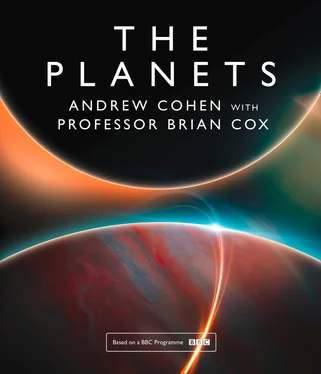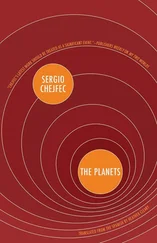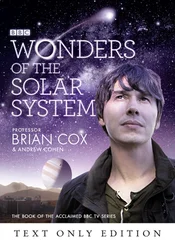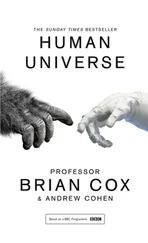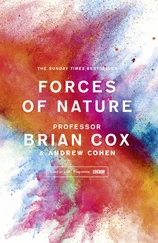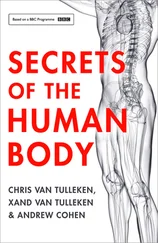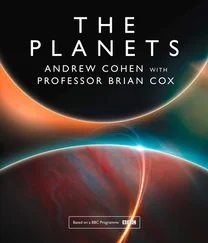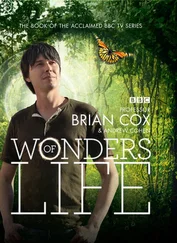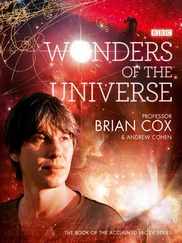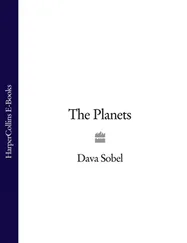1 ...6 7 8 10 11 12 ...16 The answer lies in the other clue Messenger confirmed for us – Mercury’s massive iron core. Relative to its size, Mercury has the most massive core of any of the rocky planets: 75 per cent of its diameter and almost half of its mass is molten iron, compared to around just a fifth of the mass of the Earth. We’ve suspected the oddity of Mercury’s composition for well over 150 years, and that’s because of some brilliant deduction by a German astronomer called Johann Franz Encke, who determined the mass of Mercury by measuring the gravitational effect it had on a passing comet, a comet that we now call, unsurprisingly, Comet Encke. With an approximation of the planet’s mass we are able to calculate the density of the planet, and with that calculation approximate its composition.
So we’ve known for some time that Mercury is odd, but only with the arrival of Messenger did we begin to reveal just how odd the smallest planet actually is. By accurately measuring Mercury’s magnetic field we’ve been able to confirm that far from being a geologically dead planet, Mercury has a dynamic magnetic field driven by an internal force, indicating that the core is at least partially liquid. This goes against the conventional thinking of planetary dynamics because we would expect a planet as small as Mercury to have lost its internal heat long ago. Just as Mars lost its heat because of its size (a story we will come to in the next chapter), we would have expected the core of Mercury to have cooled and solidified.
But Messenger’s data proved otherwise. By combining precise measurements of Mercury’s gravity field with the extraordinary mapping of its surface, Messenger found that Mercury’s structure is unique in the Solar System. It appears to have a solid silicate crust and mantle above a solid layer of iron sulphide, which surrounds a deeper liquid core layer, possibly with a solid inner core at the centre of the planet. This challenges all the theories about its formation.
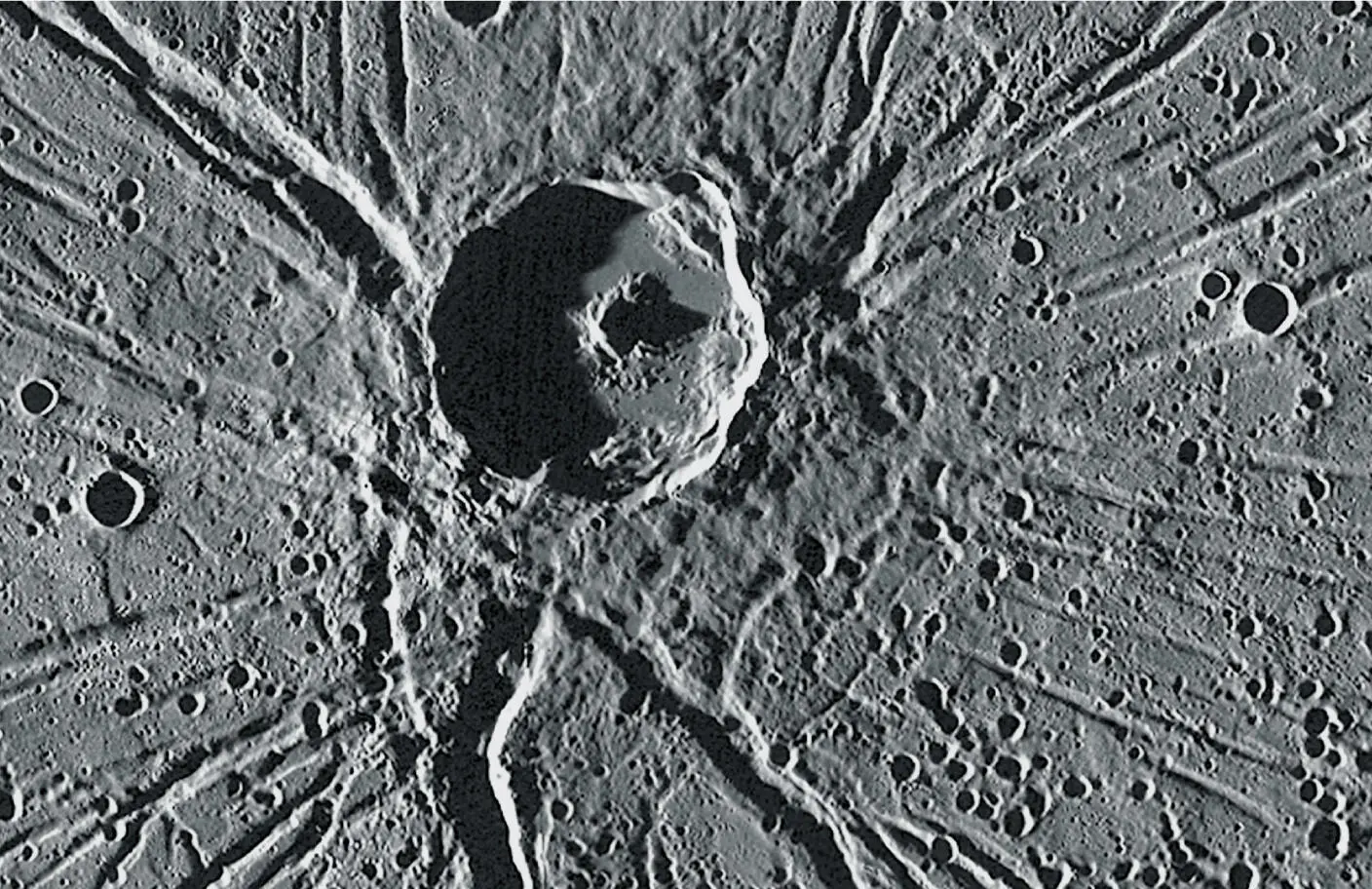
© NASA/Johns Hopkins University Applied Physics Laboratory/Carnegie Institution of Washington
Messenger captured this image of Apollodorus crater, near the Caloris basin; the radiating troughs led scientists to give it the nickname ‘the spider’.
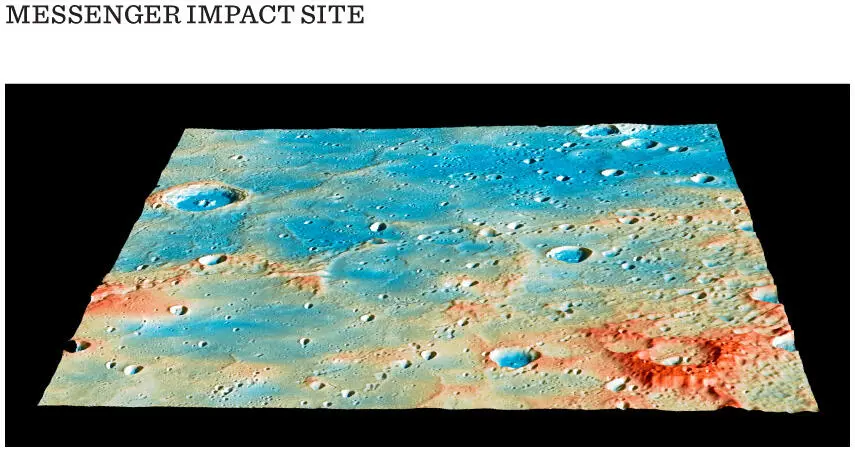
© NASA/Johns Hopkins University Applied Physics Laboratory/Carnegie Institution of Washington
On 30 April 2015, NASA added its own crater to this region of Mercury. At 3.26pm EDT, Messenger impacted the planet’s surface, bringing the spacecraft’s mission to a dramatic end, but leaving its mark forever with a crater estimated to be over 15 metres wide.
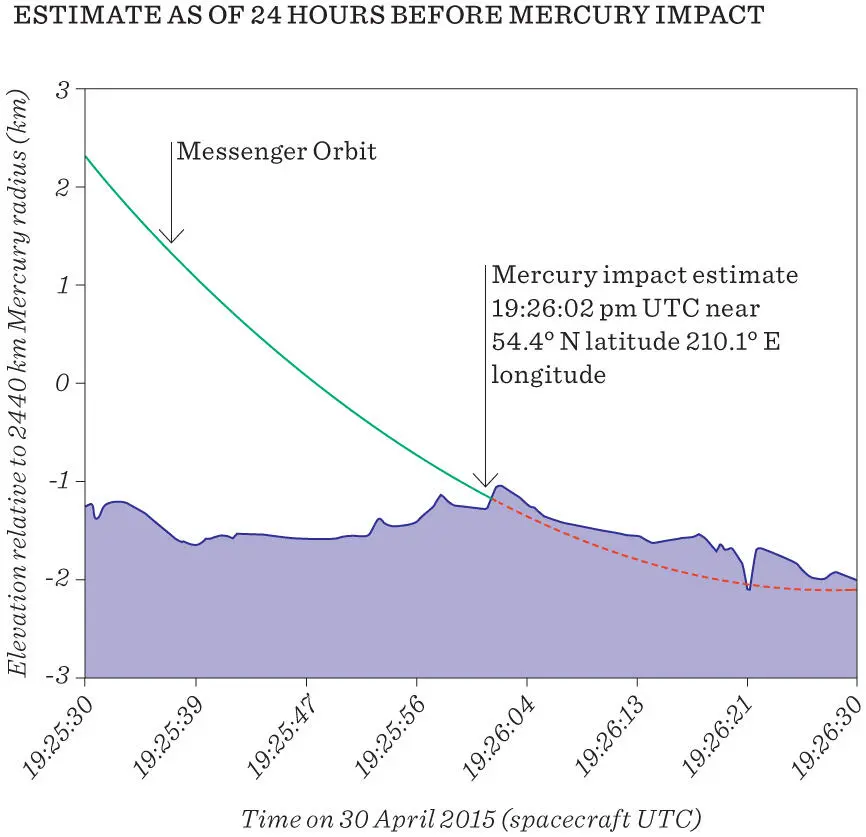
© redrawn from NASA/Johns Hopkins University Applied Physics Laboratory/Carnegie Institution of Washington
Four and a half billion years ago, we know that the inner Solar System was in turmoil. In the middle of it all, we think that the newly born Mercury found itself orbiting far out from today’s intimate proximity with the Sun, surrounded by rocky debris and scores of planetary embryos all jockeying for position. The young Solar System was still a place where planets could live or die. But it wasn’t just the rocky planets that found themselves disturbed; Jupiter, the largest and oldest of all the planets, was on the move, and when a planet of that size shifts its position there are almost always casualties. We’ll come back to the story of Jupiter’s grand tack and the havoc it spread throughout the Solar System in Chapter 3
, but for now all we need to know is that the evidence suggests that the juvenile Mercury was kicked by the gravitational force of Jupiter on an inward trajectory, finding itself flung in towards the Sun and into the path of danger. In the crowded orbits of the early Solar System such a change of course was fraught with danger, and all of the evidence indicated that this was the most violent and defining of turns in Mercury’s history. As the planet swerved inwards it collided with another embryonic world and shattered.
Today we see the evidence of this ferocious collision in the strange structure of this tiny planet. A giant core has been left behind, the exposed interior of a planet that had much of its outer layer, its crust mantle, stripped away and lost to space in the aftermath of the collision. This collision not only transformed the physical characteristics of the planet but also knocked Mercury further inwards on a lopsided trajectory that we see reflected in the most elliptical orbit of all the planets. Although we cannot be certain of these events, it’s a brilliant piece of scientific deduction to use the evidence we have to create a plausible scenario of events that happened unimaginably long ago. Events that drove the first rock from the Sun from a position full of potential to a place much too close to the Sun to support any form of life; an opportunity lost. After four years of observation and its investigation of Mercury’s ancient past, Messenger finally ran out of fuel on 30 April 2015, and added yet another crater to this tortured world that once held such promise.

© NASA/Johns Hopkins University Applied Physics Laboratory/Carnegie Institution of Washington
In 1990, Voyager 1 captured a series of images from which we could create a portrait of the Solar System, giving a clear location for Mercury and its distance from Earth.
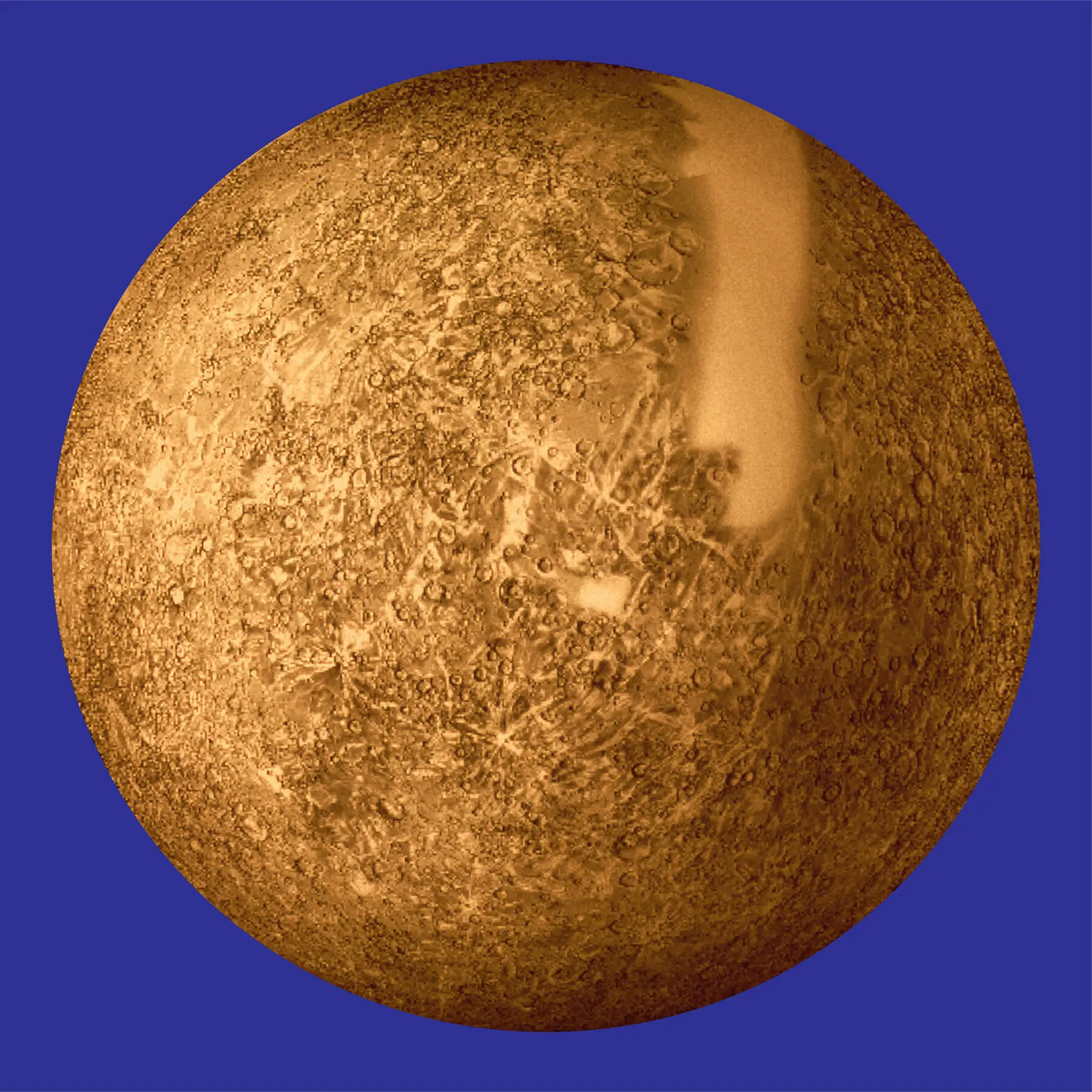
© US GEOLOGICAL SURVEY / SCIENCE PHOTO LIBRARY
Mariner 10 took the first close-up images of Mercury.

© NASA / SCIENCE PHOTO LIBRARY
Venus in the 1970s, which allowed scientists to compare the planets’ atmospheres.
PLANET OF MYSTERY
Shrouded in an unbroken blanket of cloud, the next rock from the Sun tells a very different story. Over 50 million kilometres beyond Mercury lies a world that at first sight has the potential to be far more Earth-like than her scorched inner companion.
Venus is perhaps the most mysterious of all the planets, lying on the inner edge of the so-called ‘habitable zone’; this is a planet that holds its secrets close. For centuries it has teased us with its brightness in the early morning and early evening sky. It’s so bright because it’s a large planet about the same size as the Earth, it’s not too far away from us either, and the clouds that shroud it are highly reflective, reflecting three-quarters of the light that hits them. That’s the frustrating but tantalising thing about Venus, because even when you look at it through a big telescope, it is featureless; you never see the surface, which means that until the 1950s scientists could only speculate about what lay beneath.
In the late nineteenth and early twentieth centuries many thought that beneath her clouds Venus was hiding a mirror world to Earth; if not home to complex, sentient life, then certainly hosting basic life forms. Faced with that impenetrable cloak, our collective imaginations fuelled the idea of a living, breathing world beneath the clouds, a shroud that meant for the first half of the twentieth century we lived convinced that we were far from alone in the Solar System.
Читать дальше
